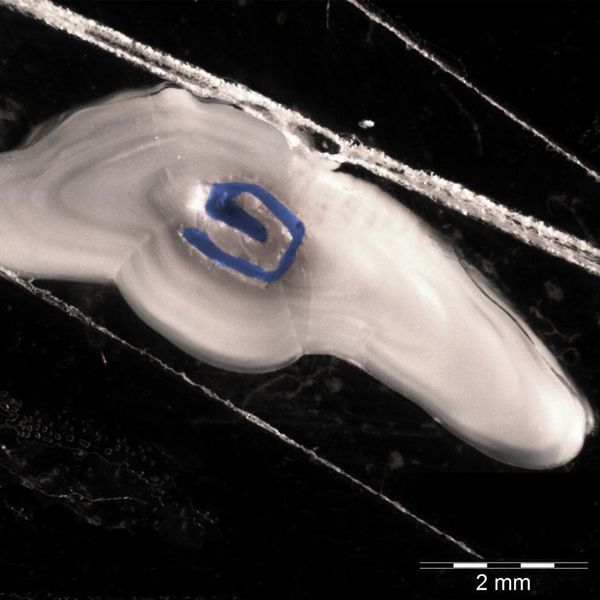Stock separation
Fish stocks mix at the boundaries of their distribution area. If our stock-specific estimates are to be reliable, we must be able to assign even individual fish to their stock.
Particularly the expansion of a large stock in the defined distribution area of an adjacent stock can strongly falsify our perception of the smaller stock. This risk may apply for the two Baltic cod stocks in recent years due to a strong increase in the Eastern Baltic cod stock. Therefore the stock separation attempts to assign individual fish from a catch in a mixing area to a stock as precisely as possible so that these fish can be “returned” to their specific stock for a proper estimation. Various methods are used for stock separation, for example different genetic signatures, differences in life history, spawning time, growth and fecundity, the inventory of parasites, etc.
Many of these methods are time-consuming and expensive and their success depends on whether the right marker is found, i.e., to distinguish the signal from the vast background noise. We are specialized in the analysis of otoliths, the ear stones of fishes, which we also use for age determination. We study chemical signatures in the otoliths (or in the muscles) and analyse the otolith shape. The chemical characteristics of the aquatic living environment of a fish are archived inside the otolith while the fish grows. The life history of a fish can be re-constructed by determining the chemical composition along the growth axis of its otolith. Our institute possesses a micromill for precise mining of very small samples of powder from otoliths for chemical and isotope analysis. We study, for example, the ratios of stable isotopes such as δ13C, δ15N, δ18O or δ34 to draw conclusions on natal area or movements between different bodies of water.

![[Translate to English:] [Translate to English:]](/media/_processed_/d/7/csm_Startseite-OF_03_c0dfd6e750.png)
![[Translate to English:] [Translate to English:]](/media/_processed_/a/3/csm_20181116-151457-Stella-Jerome-Fischfalle-Warnem%C3%BCnde-Dorsche-im-Netzk%C3%A4fig-5691_heller_3050c72fa2.png)






